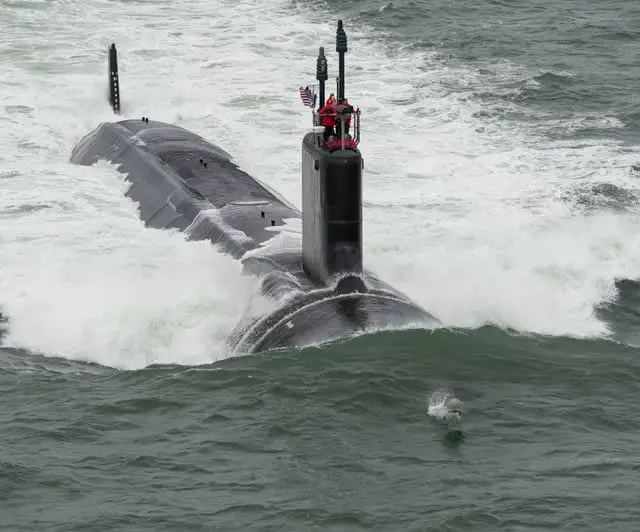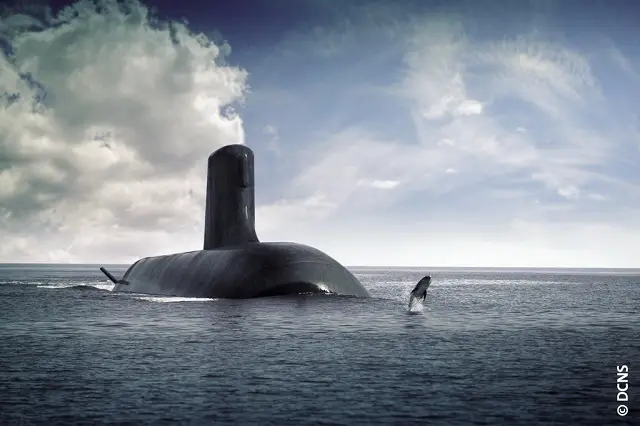 Lockheed Martin is operating in a co-contractor arrangement with HII for the Virginia-class submarine program. USS John Warner (SSN 785) pictured here was delivered on June 19, 2015, two and a half months ahead of schedule. Photo by Chris Oxley/HII |
|||
NR:
Will your engineers work in France at a DCNS site at some point of the
program? LM: For work of this complexity we think it is essential that the combat system integrator work closely with DCNS. On other new submarine construction efforts we have placed our combat system engineers in close proximity to the platform builder during the design phase and anticipate doing so for this project. NR: Is your combat system based on an existing/in service one? What makes it unique, what is its main advantage in your opinion? LM: When we have done this in the past we have worked closely with the ship designer to select combat systems and subsystems that will integrate into the submarine without adding undo cost or risk that also delivers superior performance. We know that combat system requirements will evolve over the next few years and there will be many hardware and software developments between now and delivery of the first submarine. What is important at this point is to bring to bear the processes and deep submarine system knowledge or “know how and know why”, as DCNS’s CEO Herve Guillou has called it, for the purpose of conducting the concept design and establishing the basic combat system architecture. So what makes our approach unique is that we are the only combat system provider that has the “know how and know why” to do this work through all stages of design, production and sustainment, and deliver a submarine with superior capability. The same quesions were asked to Raytheon. Follow this link for Raytheon's answers. The Australian Government has selected DCNS as its preferred international partner for the design of 12 Future submarines for the Royal Australian Navy. The announcement was made on April 26 2016 by the Australian Prime Minister the Hon. Malcolm Turnbull, the Minister for Defence, Senator the Hon. Marise Payne, The Minister for Industry, Innovation and Science, the Hon. Christopher Pyne and The Chief of Navy, Vice Admiral Tim Barrett. DCNS was competing with the Shortfin Barracuda design against TKMS' Type 216 and Japan's Soryu class designs. Based on the French Navy Barracuda SSN currently in final stage of construction, the Shortfin Barracuda is 3 meters shorter (94 meters) and 200 tons lighter (4,500 tons). |
|||
Q&A With Lockheed Martin on Combat System Integration for Australia's Future Submarines
- Posted On











